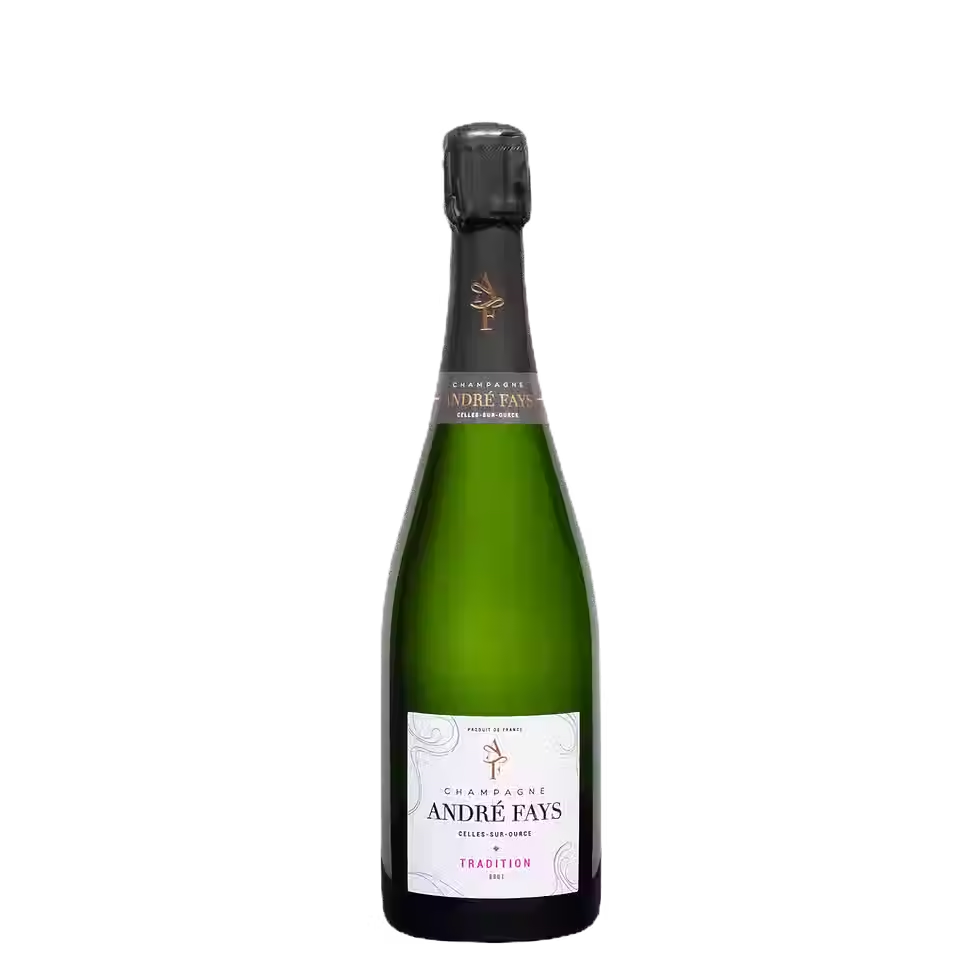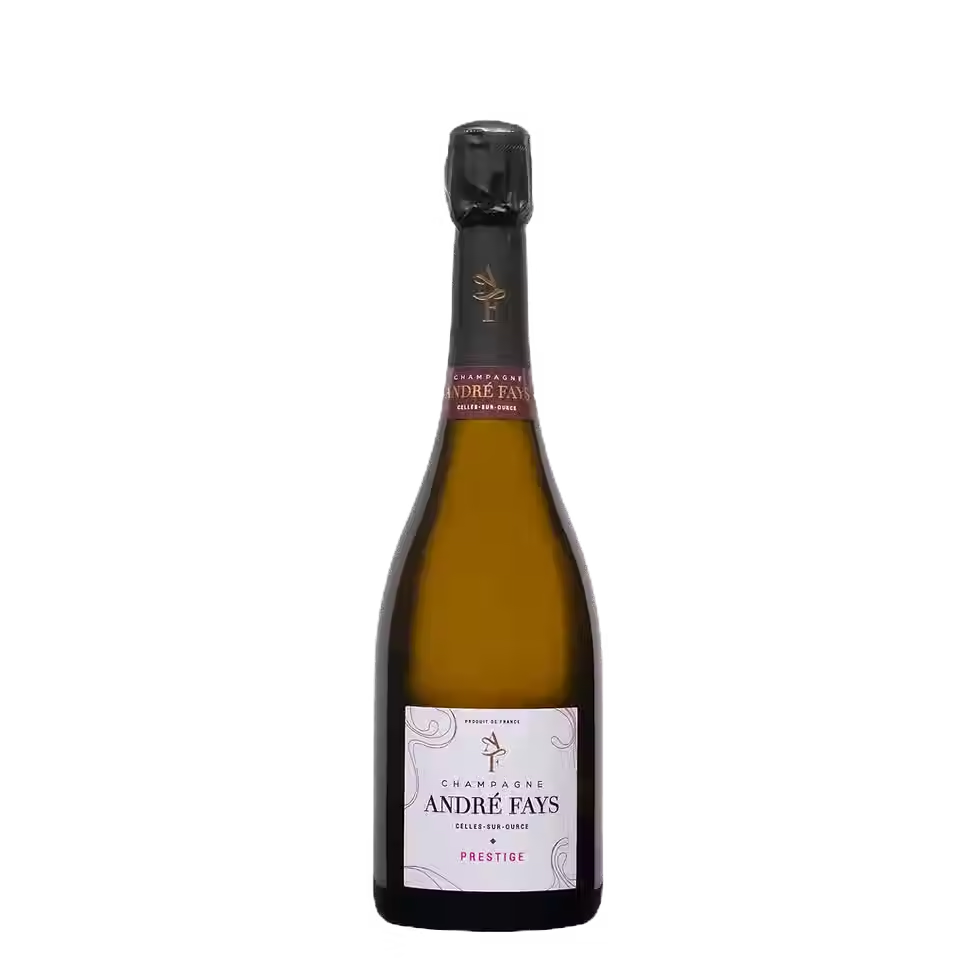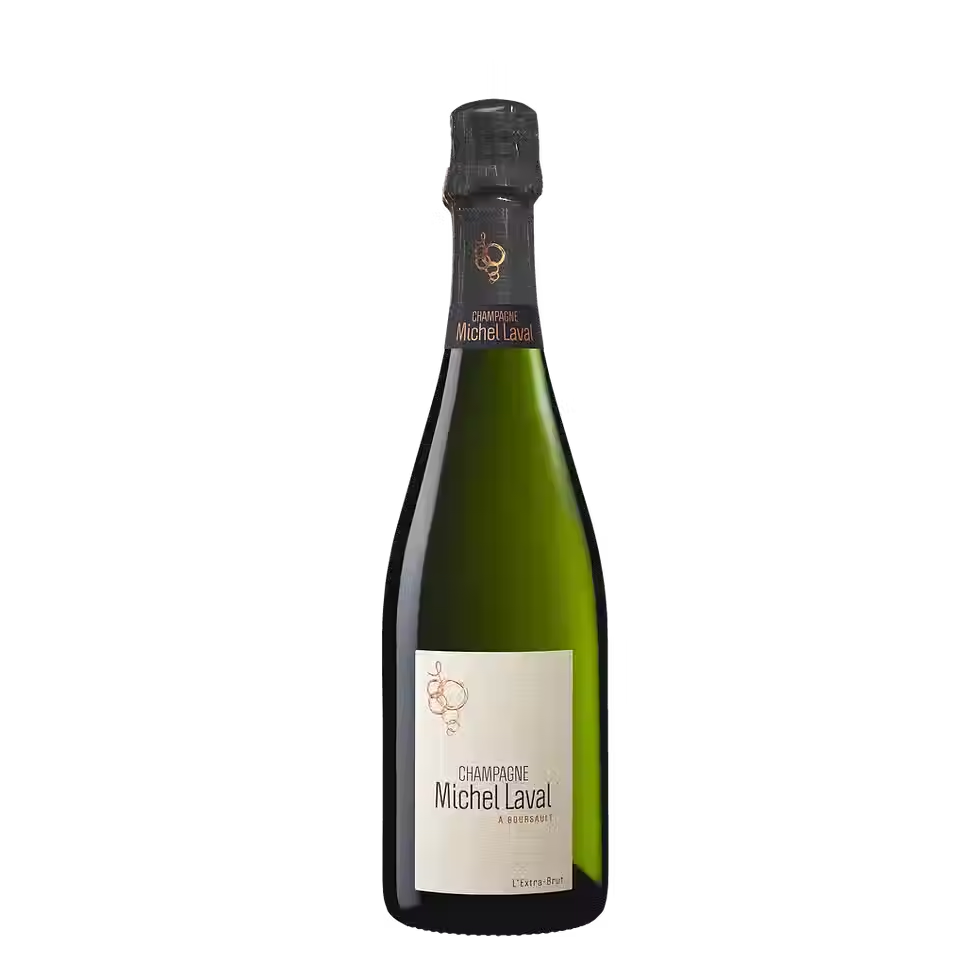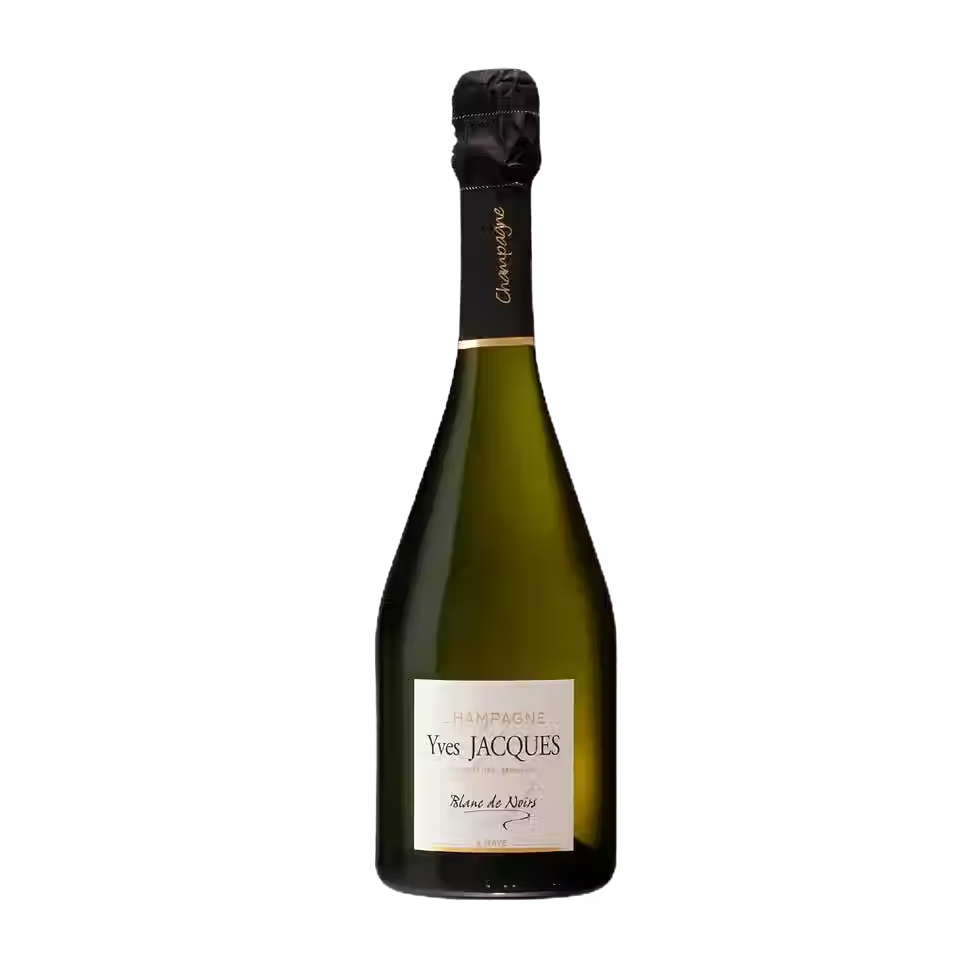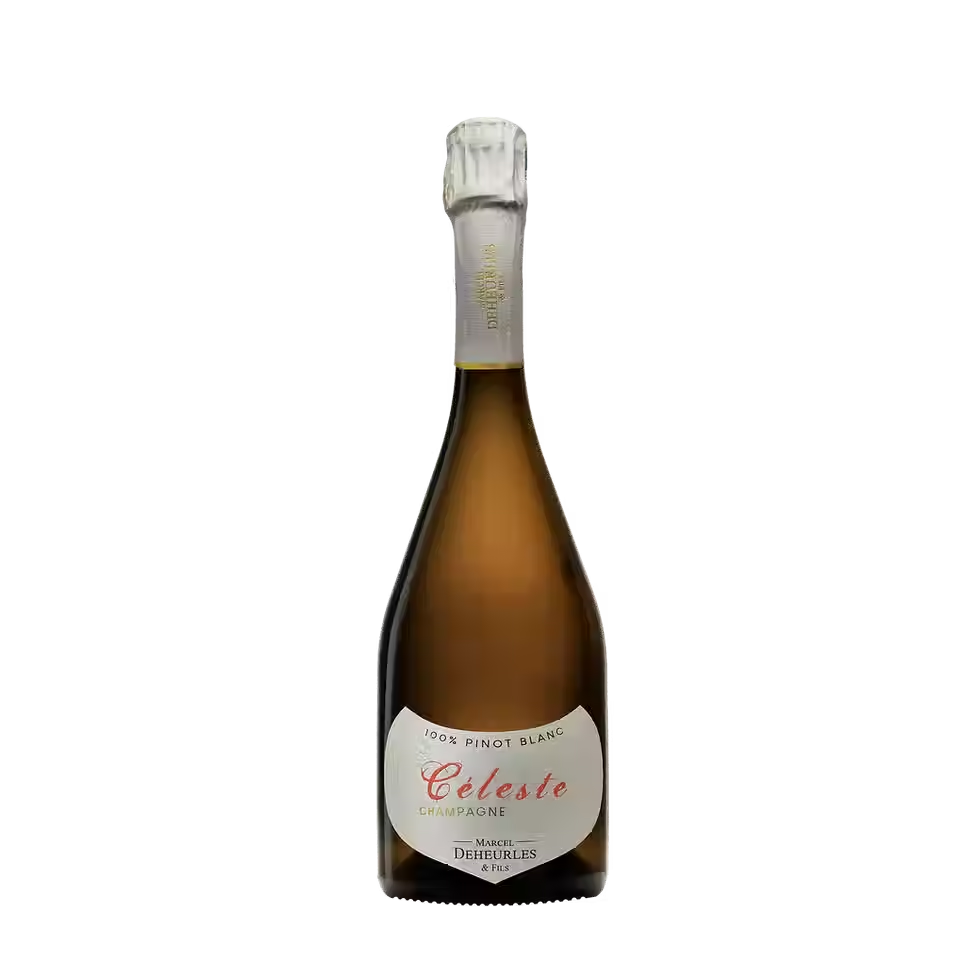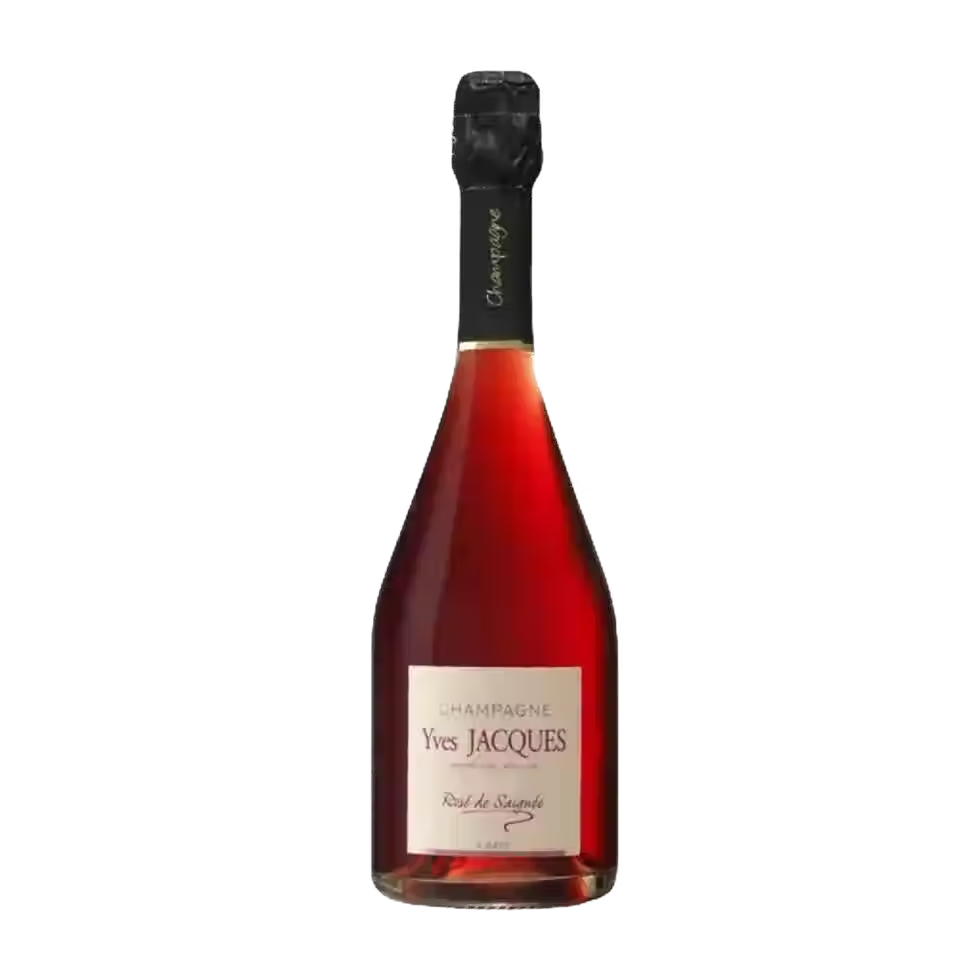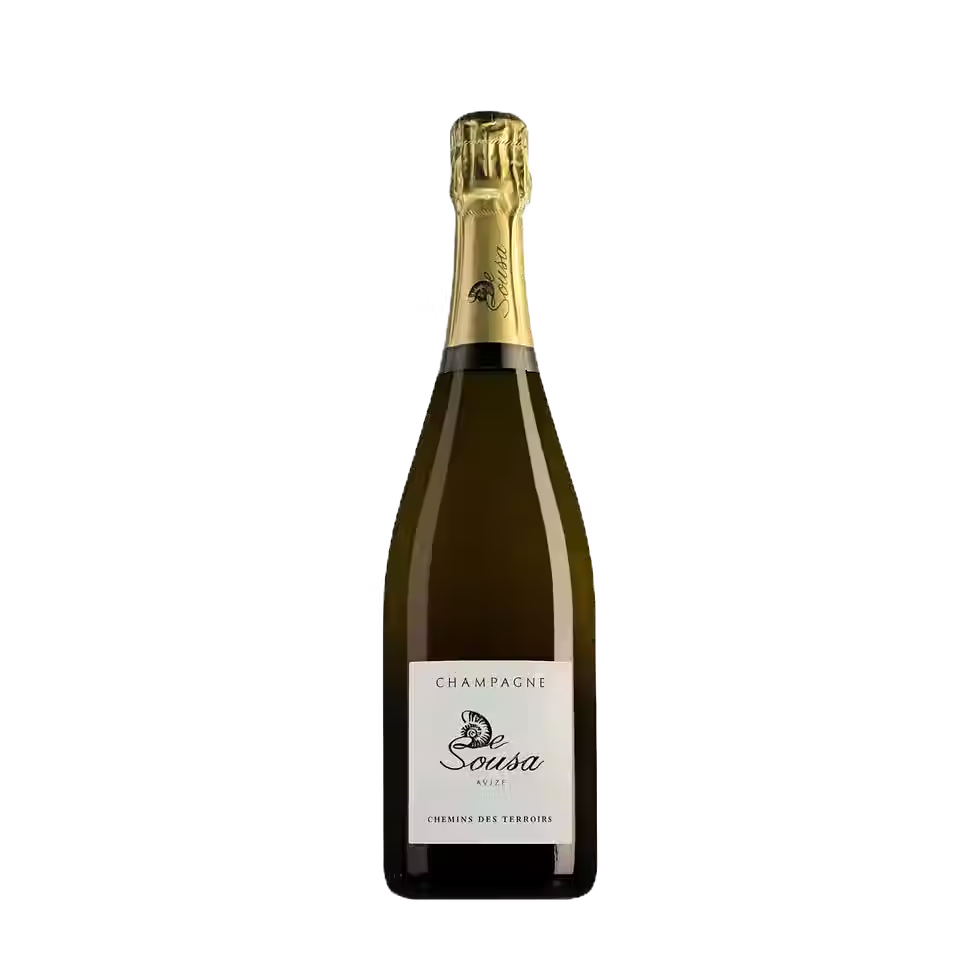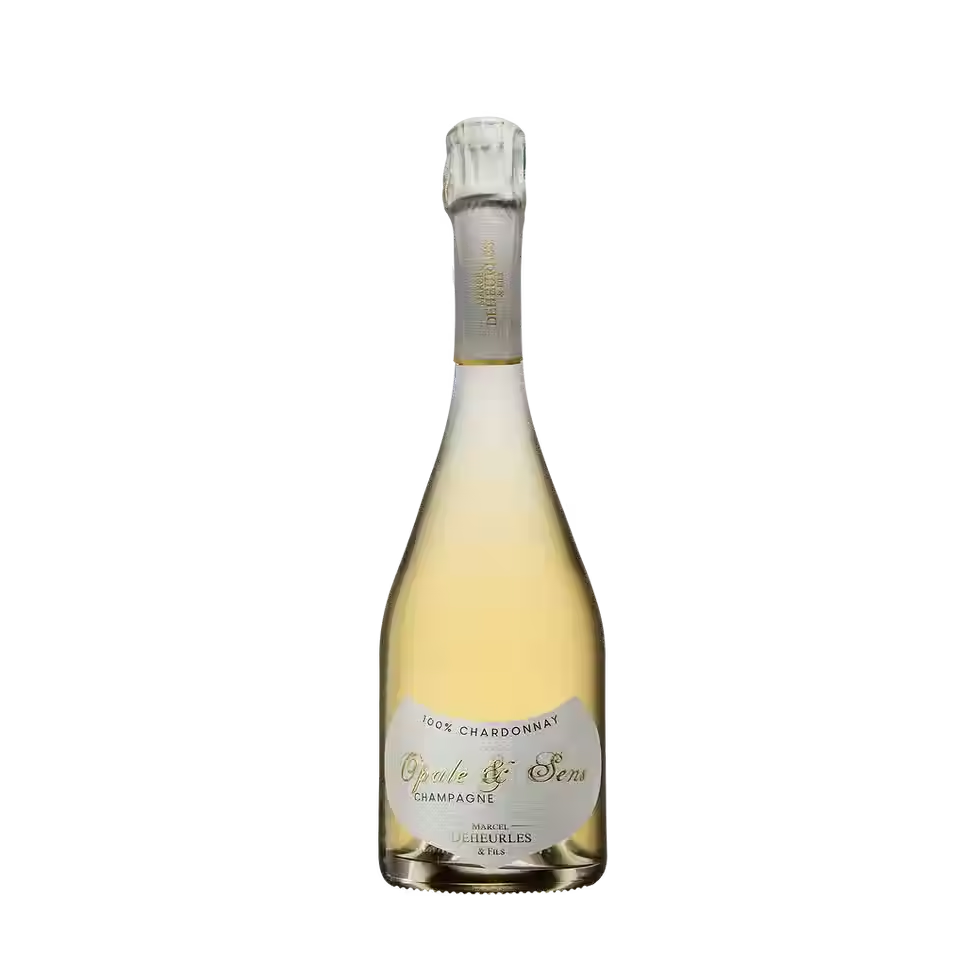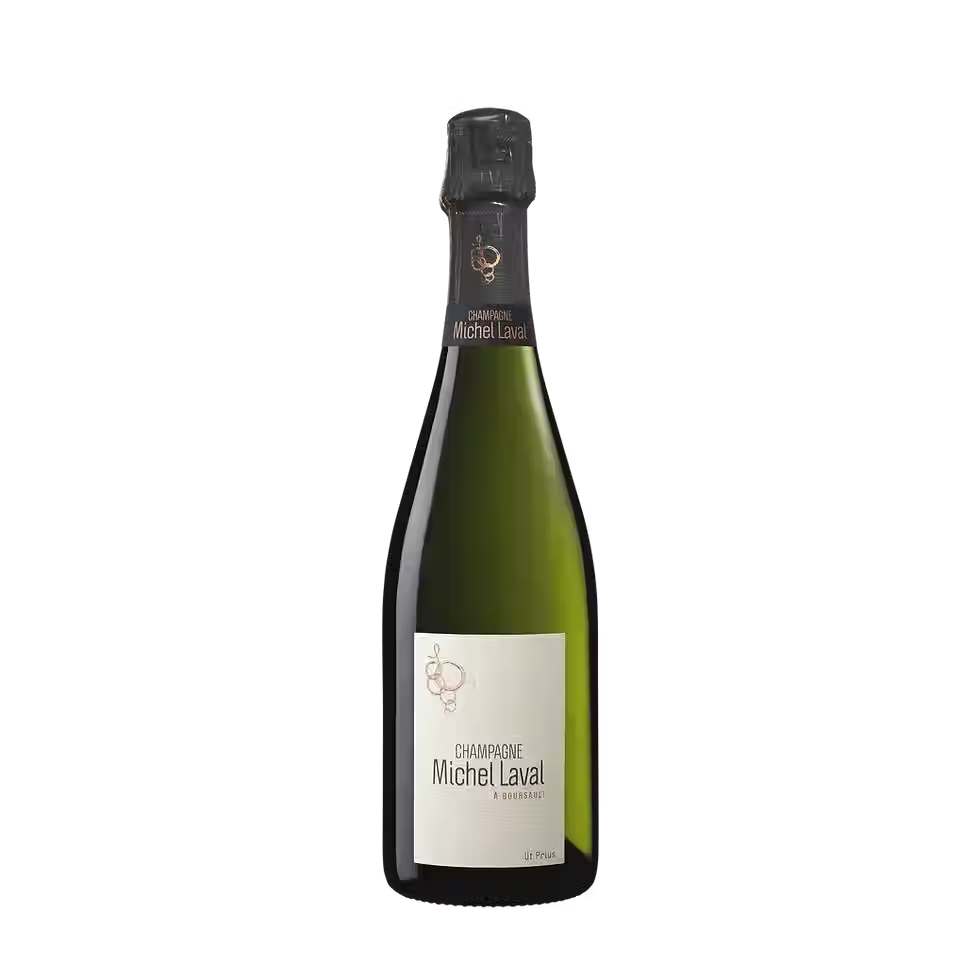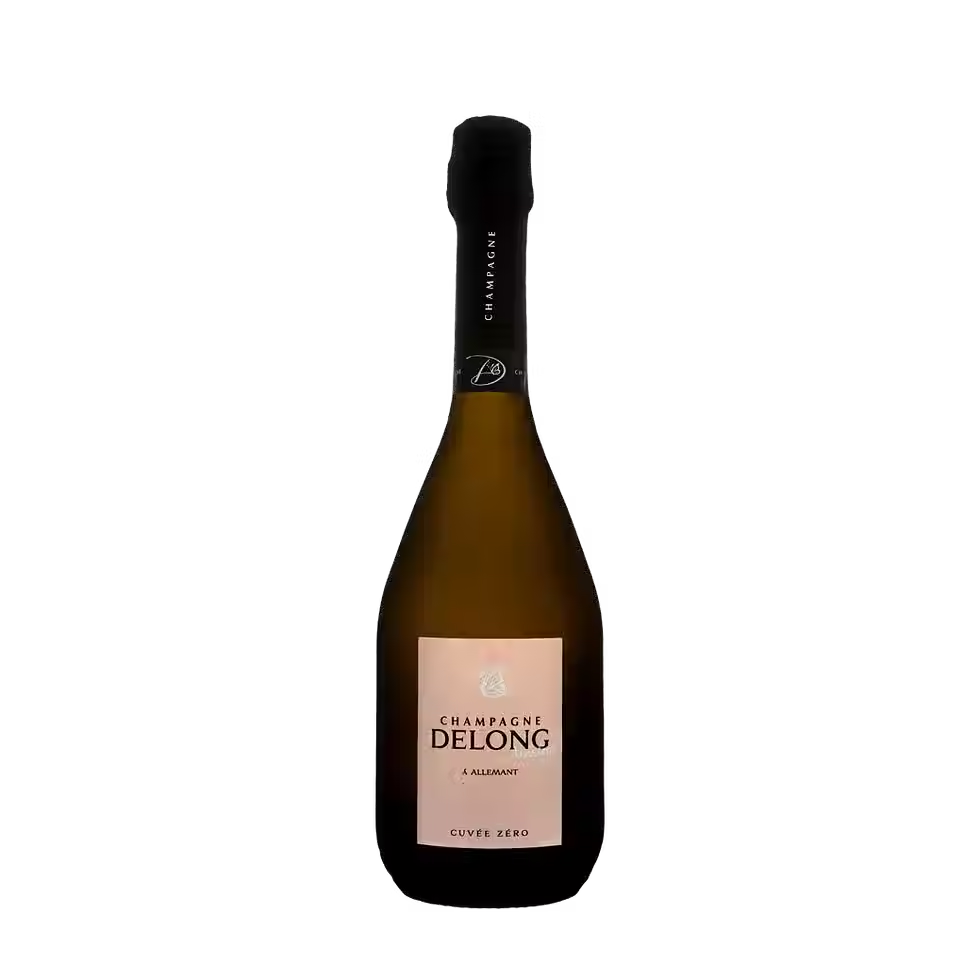Champagne, Cremant and Mousseux, a tour of the French sparkling wines.
- cecile-w
- Jul 13
- 3 min read
Updated: Jul 22
When it comes to sparkling wines, the terms Champagne, Crémant, and Mousseux often cause confusion. While they all sparkling wines from France, there are key distinctions in production methods, grape varieties, regions, and taste profiles.

In this article, we'll explore the difference between Champagne, Cremant, and Mousseux, helping you choose the right bottle for every celebration.
What Is Champagne?
Champagne is a sparkling wine produced exclusively in the Champagne region of northeastern France. By law, only wines from this region, following strict guidelines, can bear the name "Champagne."
Key Characteristics:
Production method: Méthode Champenoise (traditional method), involving a second fermentation in the bottle.
Grapes: mainly Chardonnay, Pinot Noir, and Pinot Meunier.
Flavor profile: Often complex, with notes of brioche, citrus, apple, almond, and minerality due to extended aging
Aging: Minimum of 15 months for non-vintage, 36 months for vintage.
What Is Crémant?
Crémant is also a French sparkling wine. It is made using the same production method as Champagne, the traditional method, but produced outside the Champagne region. Popular Crémant-producing regions include Alsace, Burgundy, the Loire Valley, and Limoux.
Just like Champagne, each Crémant region is governed by AOC (Appellation d'Origine Contrôlée) regulations. This means that every Crémant region must follow strict rules regarding grape varieties, production techniques, minimum aging, and vineyard practices, all designed to preserve the quality and authenticity of the wine.
Discover our selection of Crémant d'Alsace.
Key Characteristics:
Production method: Méthode Traditionnelle (same as Champagne).
Grapes used: Varies by region (e.g., Crémant d’Alsace uses Pinot Blanc and Riesling, while Crémant de Bourgogne may include Chardonnay and Pinot Noir).
Flavor profile: Lighter and fruitier than Champagne, often with floral or orchard fruit notes.
Aging: Minimum 9 months for Alsace and 12 months for Loire and Burgundy, resulting in slightly less complexity than Champagne.
What Is Mousseux?
Mousseux is a general French term for sparkling wine which are not Champagne and Crémant. It includes wines made with various methods, not just the traditional one. It is often used for affordable, everyday sparkling wines.
Key Characteristics:
Production method: Can include Charmat (tank method) or even carbonation, which are less labor-intensive than the traditional method.
Grapes used: Varies widely; no strict regulations.
Flavor profile: Usually fresh and fruity, with simpler aromas
Aging: Minimal
Why Is Champagne More Expensive than Cremant and Mousseux ?
Several factors explain why Champagne typically costs more than Crémant or Mousseux:
Strict Regulations: Champagne production is governed by some of the most strict wine laws in the world.
Prestige & Branding: Centuries of reputation and global demand have elevated Champagne as a luxury product.
Labor-Intensive Process: From hand harvesting to extended lees aging and in-bottle fermentation, Champagne requires time and expertise.
Limited Terroir: The Champagne region has a unique chalky soil and cool climate that contribute to its distinctive minerality, and land prices are extremely high.
Longer Aging: The extended aging process adds to storage costs and enhances complexity, justifying the higher price point.
What are the top affordable sparkling wines?
For those seeking exceptional sparkling wine without the luxury price tag, artisan Champagnes and Crémants offer outstanding alternatives. Artisan Champagnes, also known as grower Champagnes, are produced by small, independent winemakers who grow their own grapes and craft their wines from start to finish.
These producers often work with the same prestigious terroirs as the big houses, resulting in wines with distinct minerality, complexity, and authenticity but without the heavy branding costs. If you're looking for the finesse of Champagne at a better value, these lesser-known labels are a smart choice.
Discover our selection of Artisan Champagnes.
On the other hand, Crémant offers a high-quality and budget-friendly sparkling wine experience. Made using the traditional method, just like Champagne, Crémants must follow strict AOC regulations, including specific grape varieties, vineyard practices, and minimum aging on the lees. Whether it’s Crémant de Bourgogne, Crémant d’Alsace, or Crémant de Loire, these wines deliver finesse and structure that can rival Champagne, at a fraction of the cost.



















